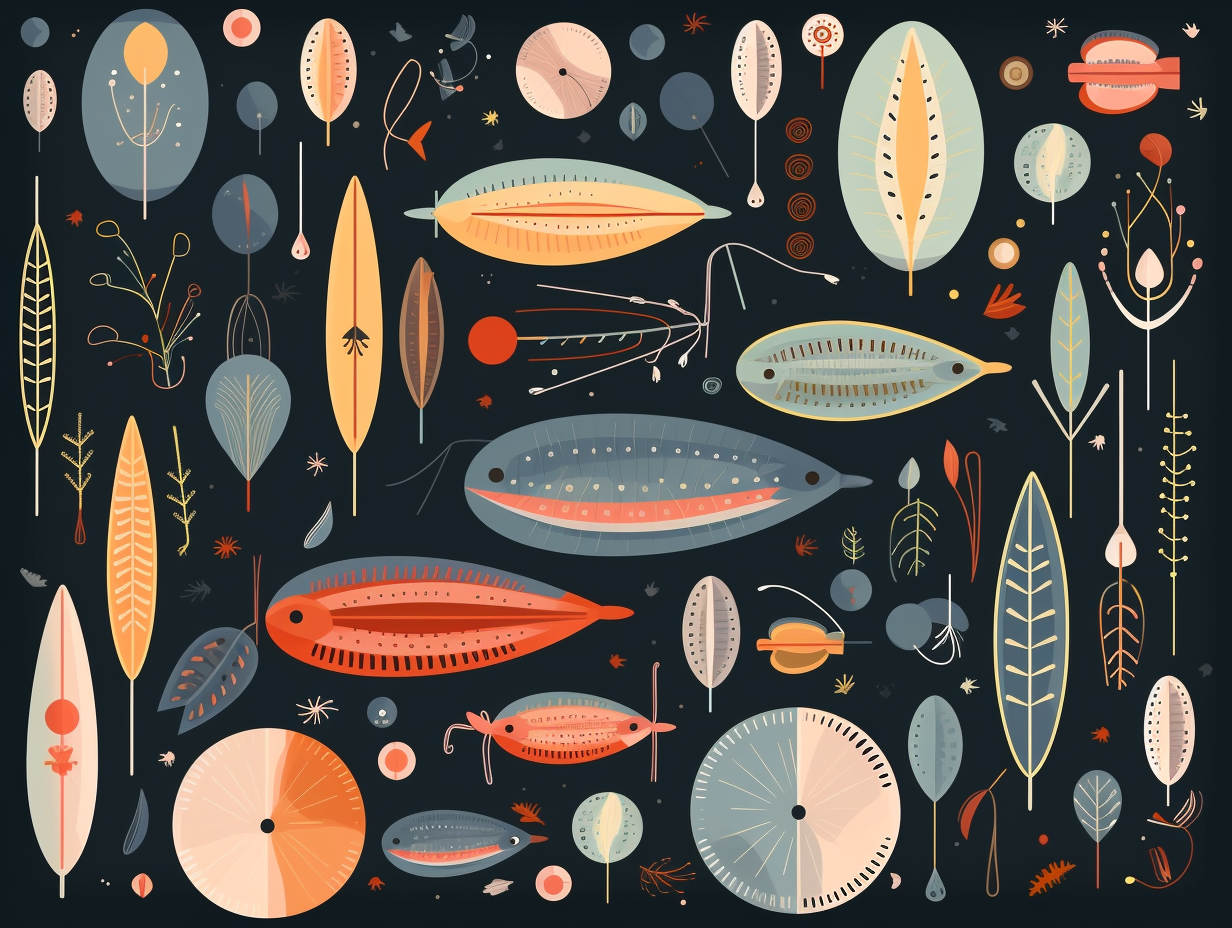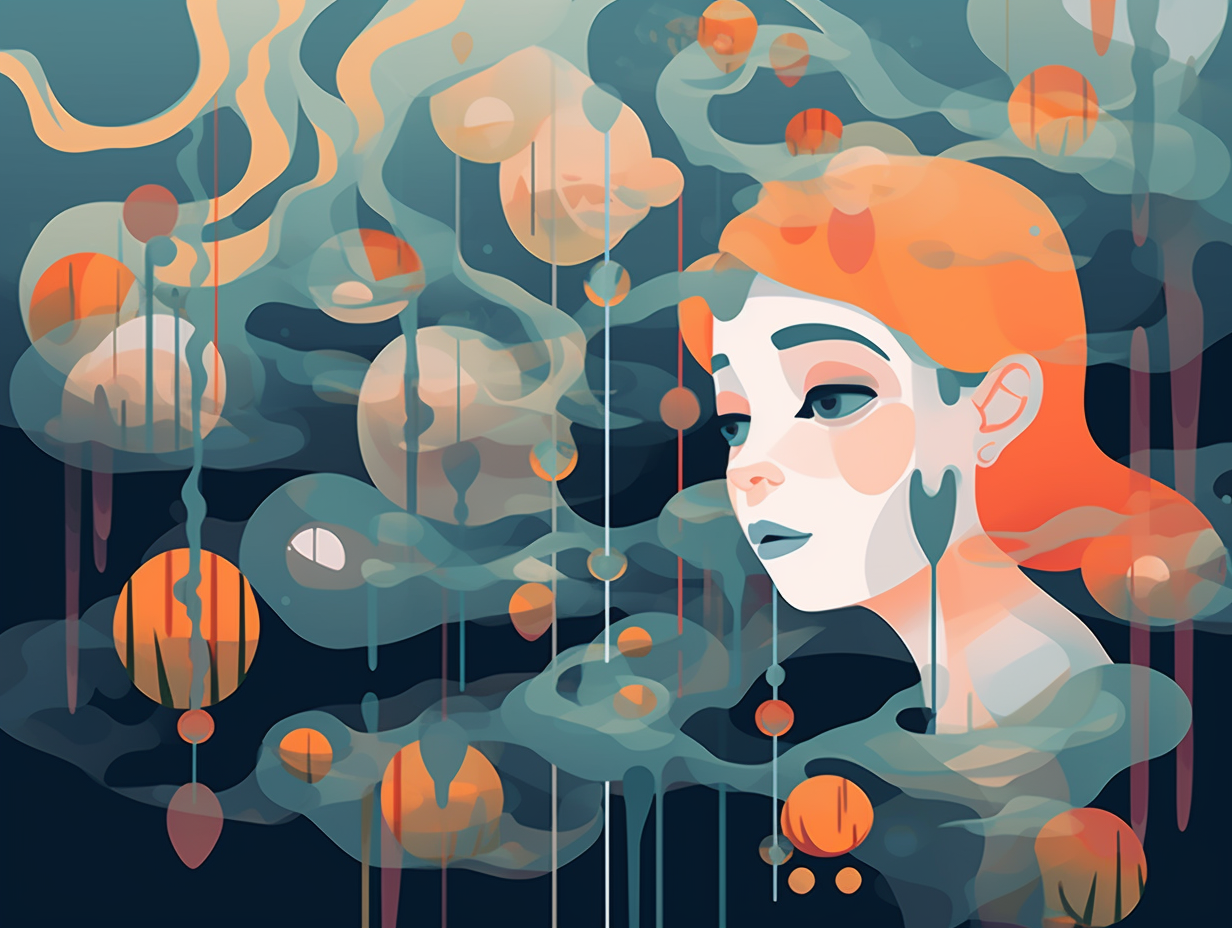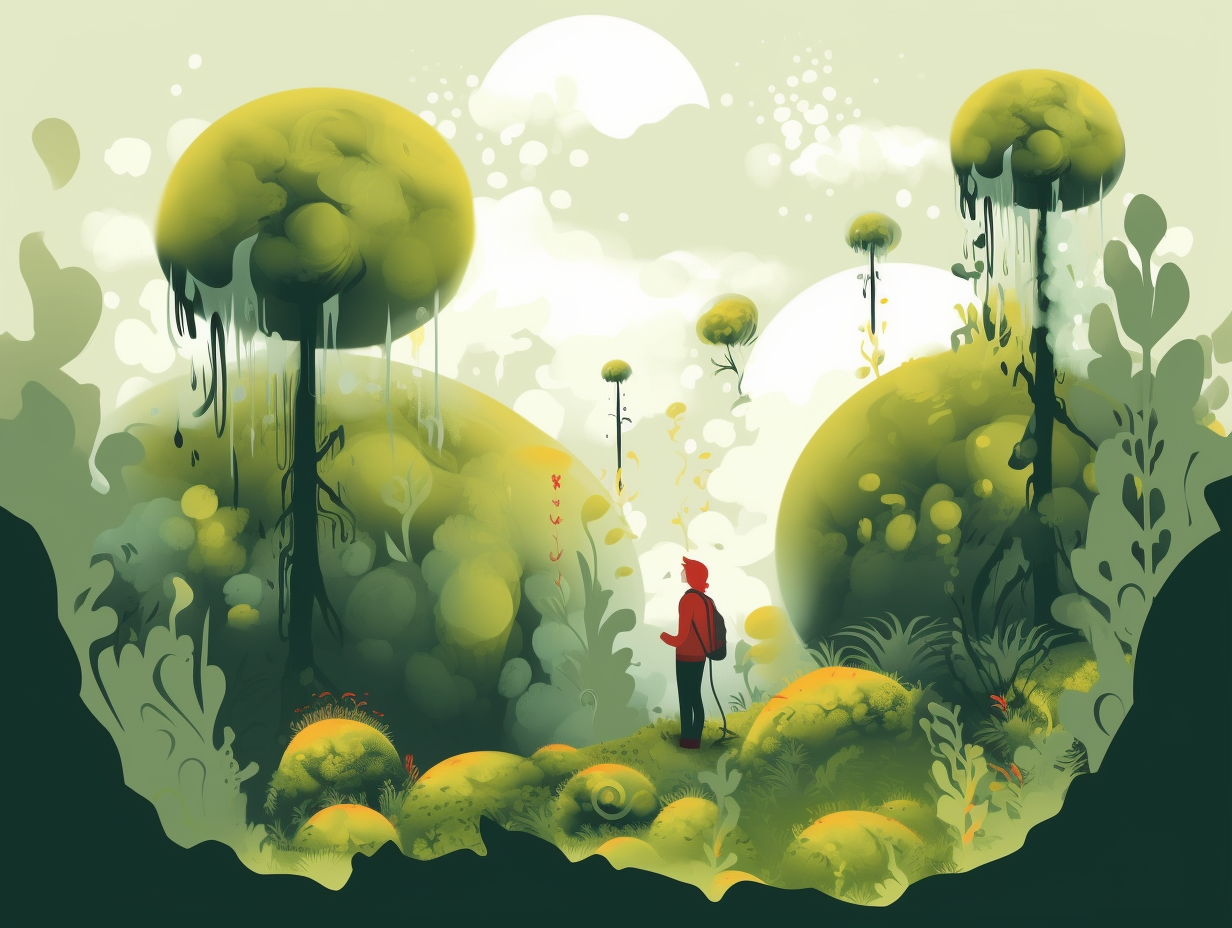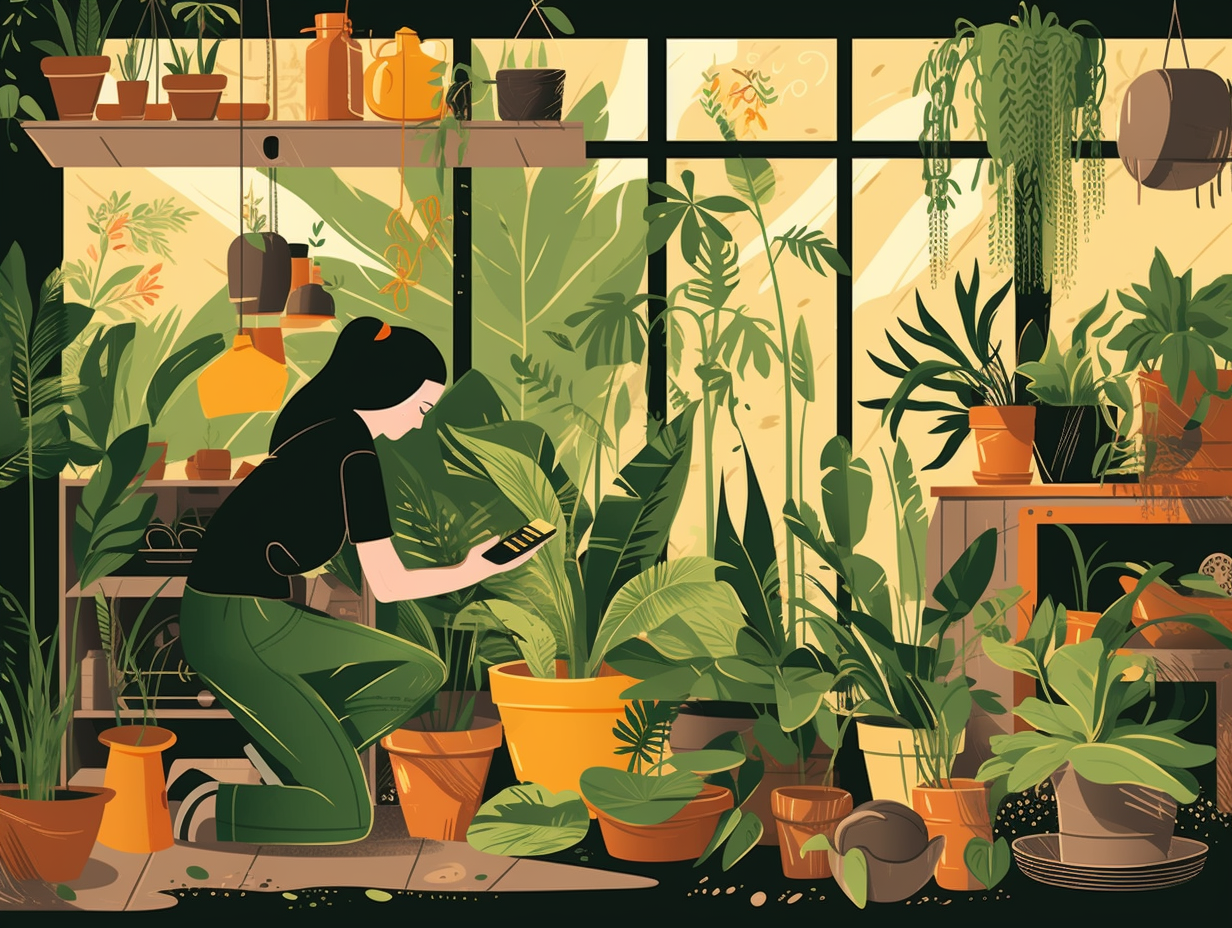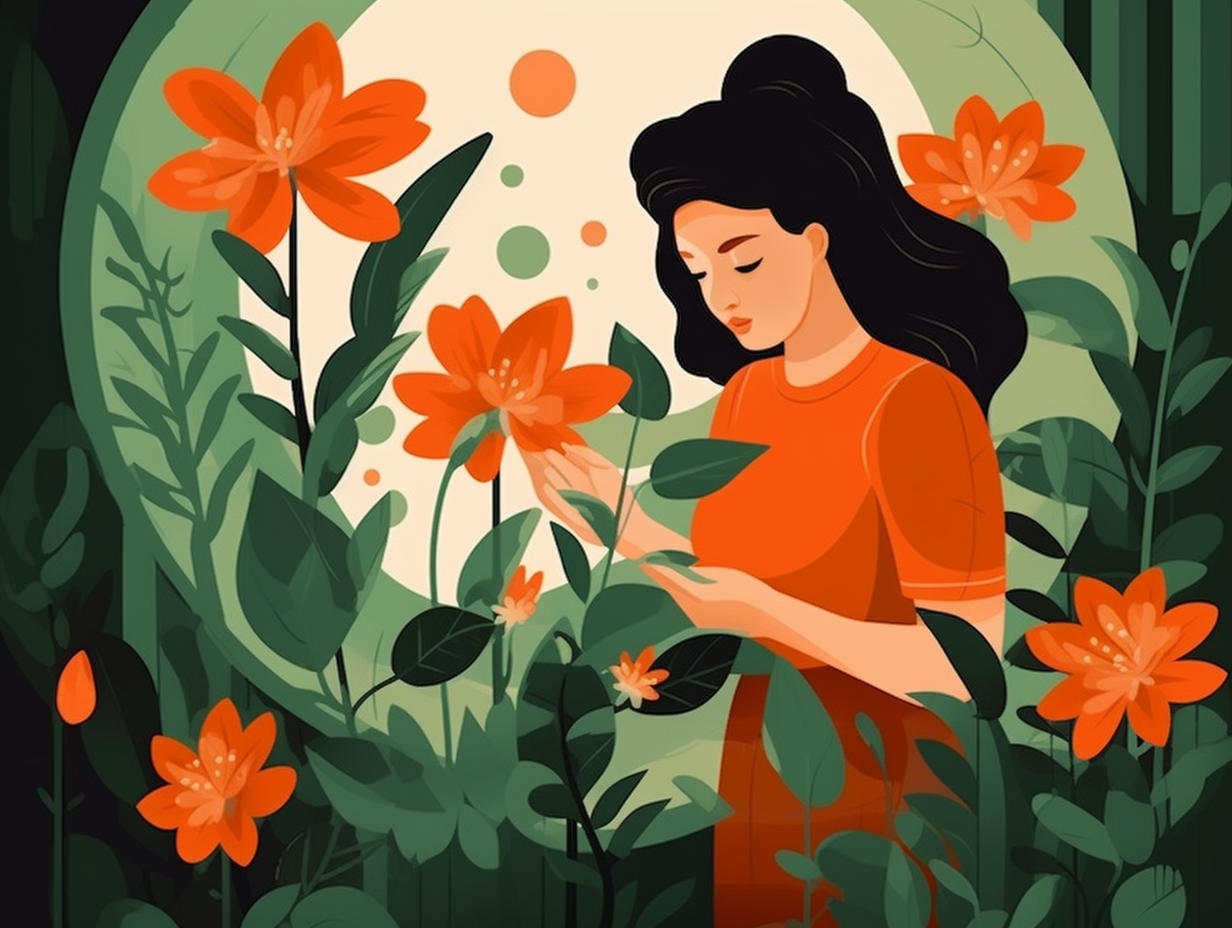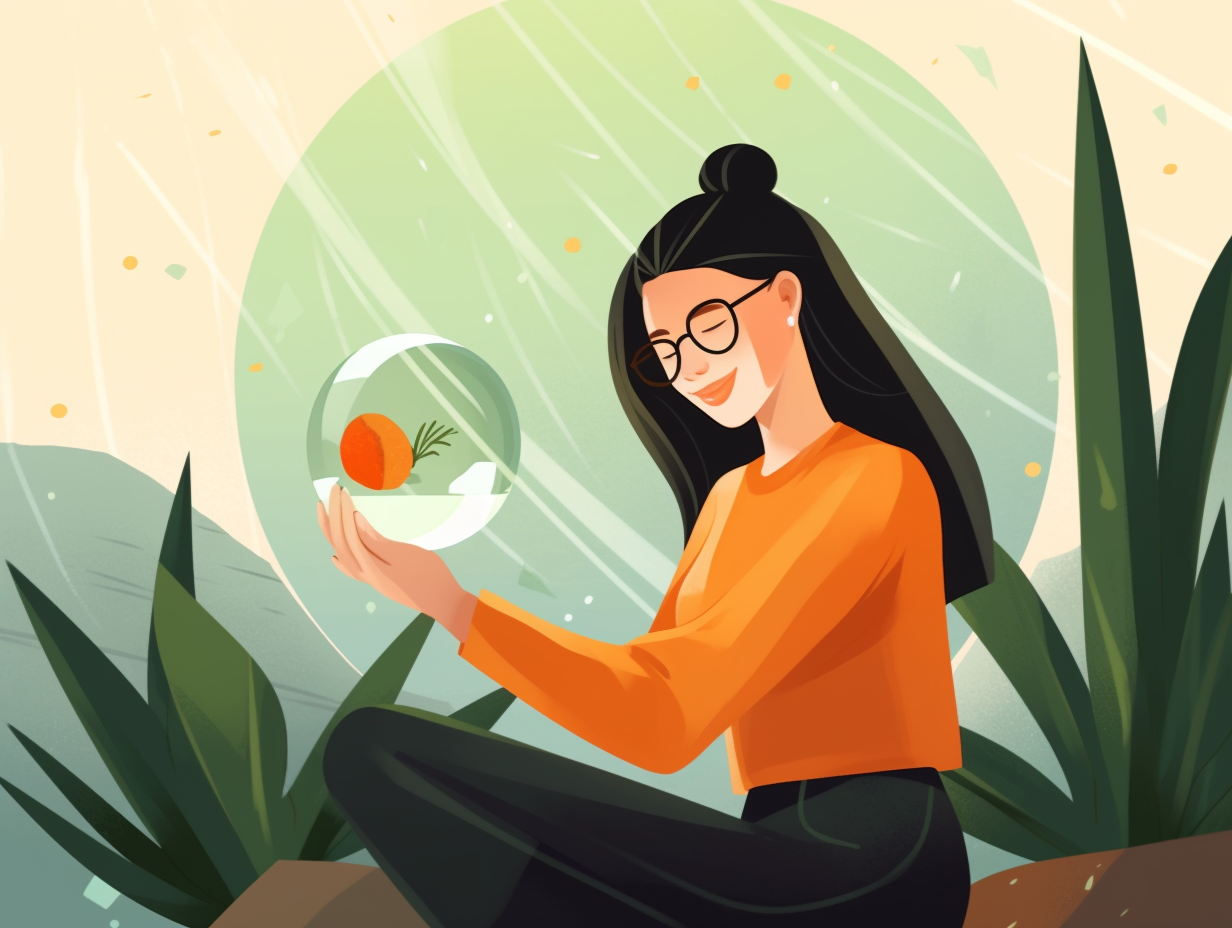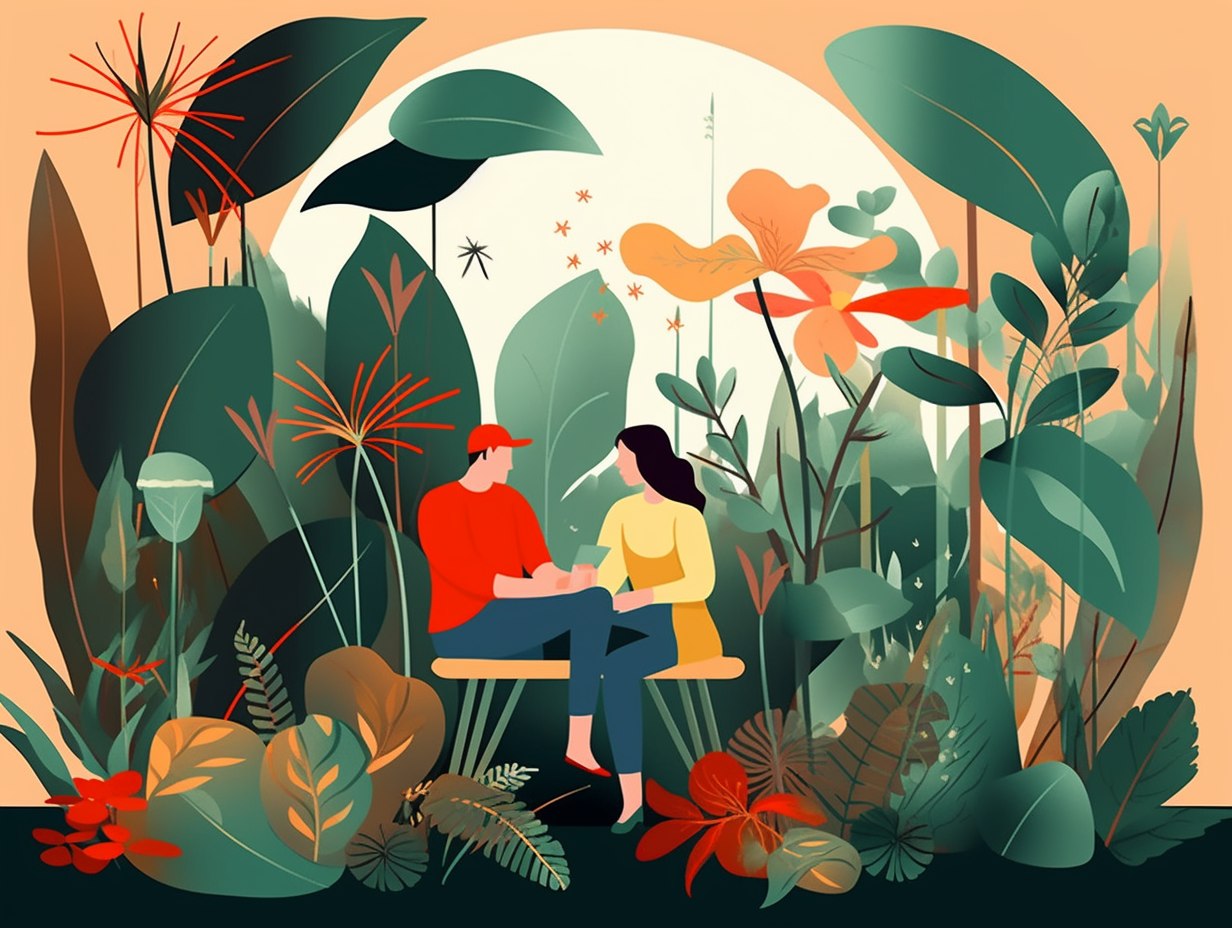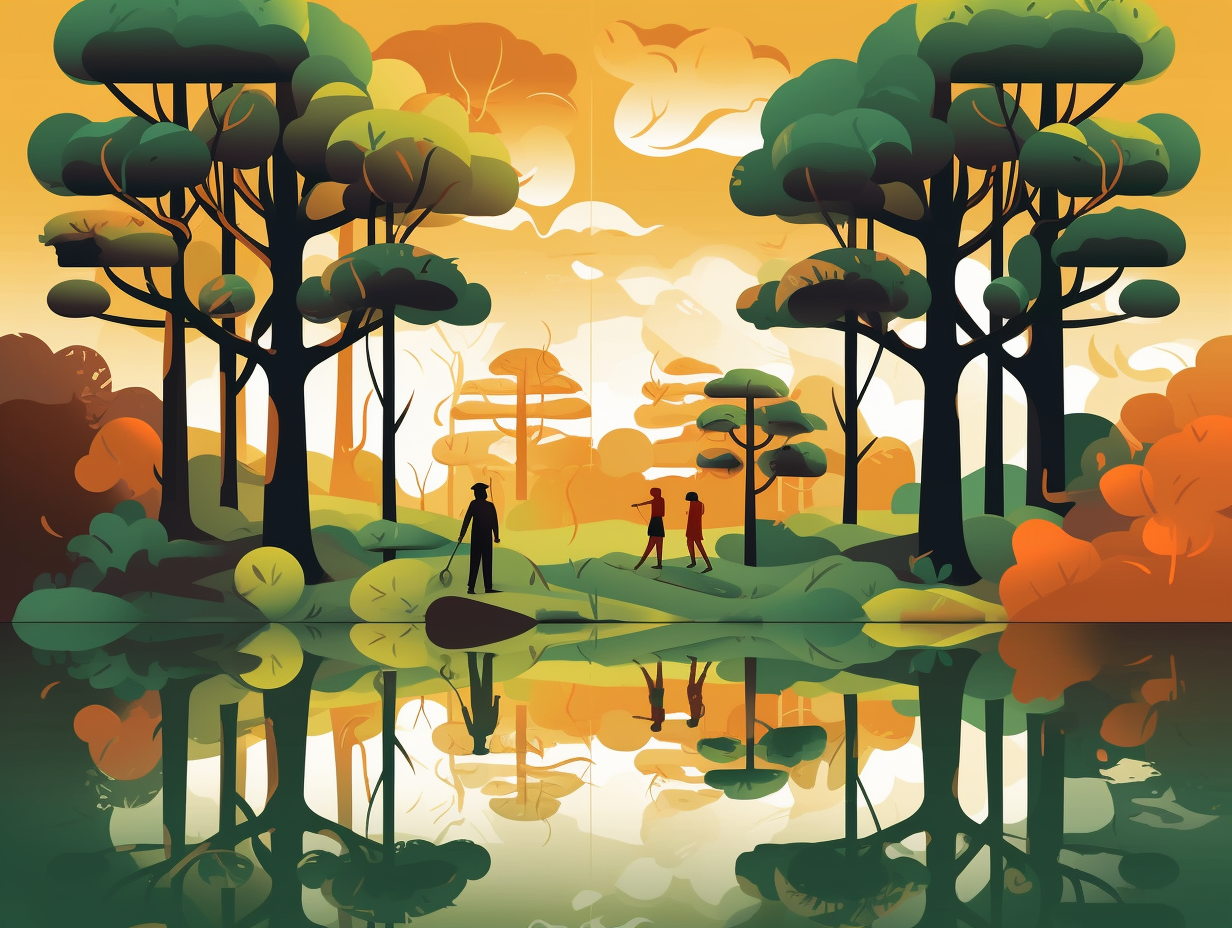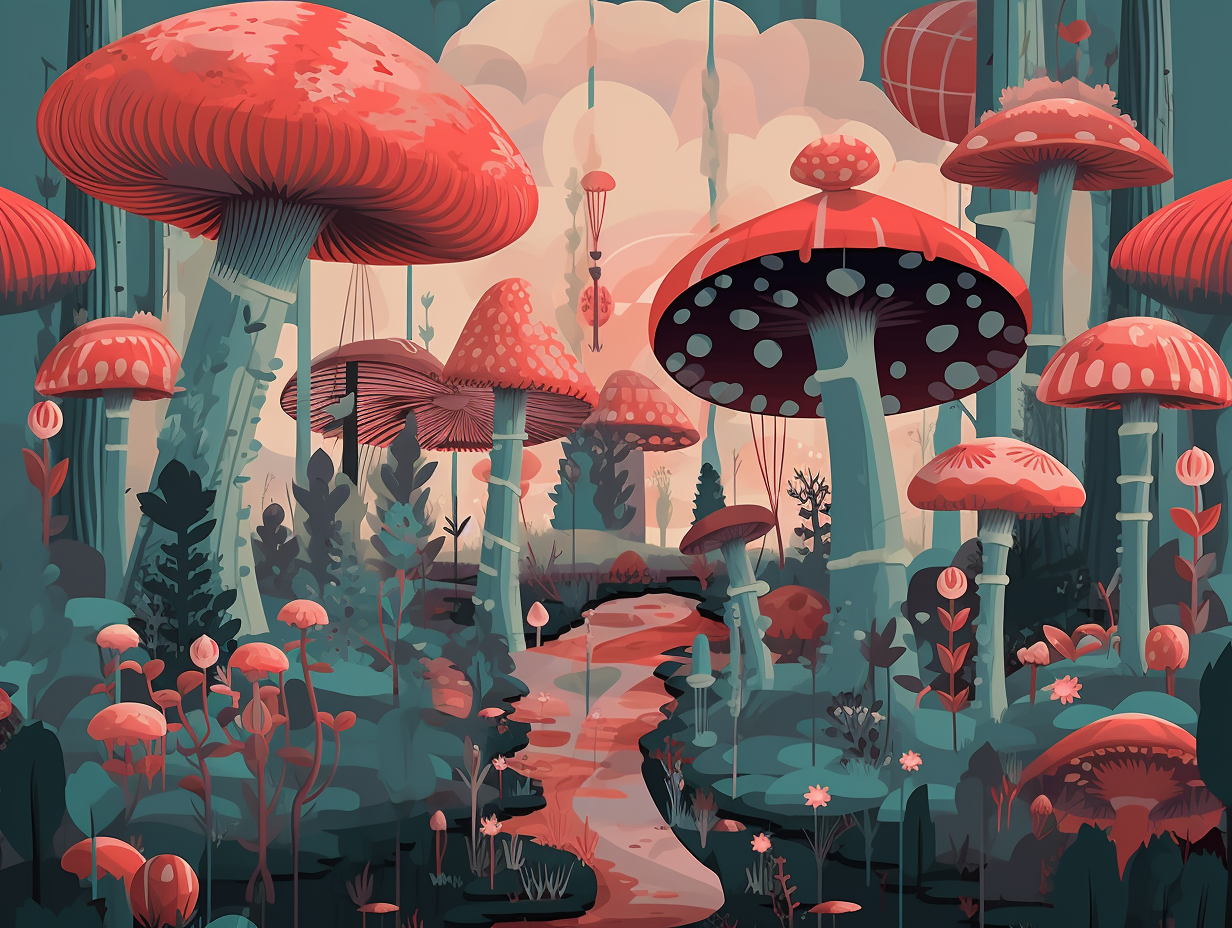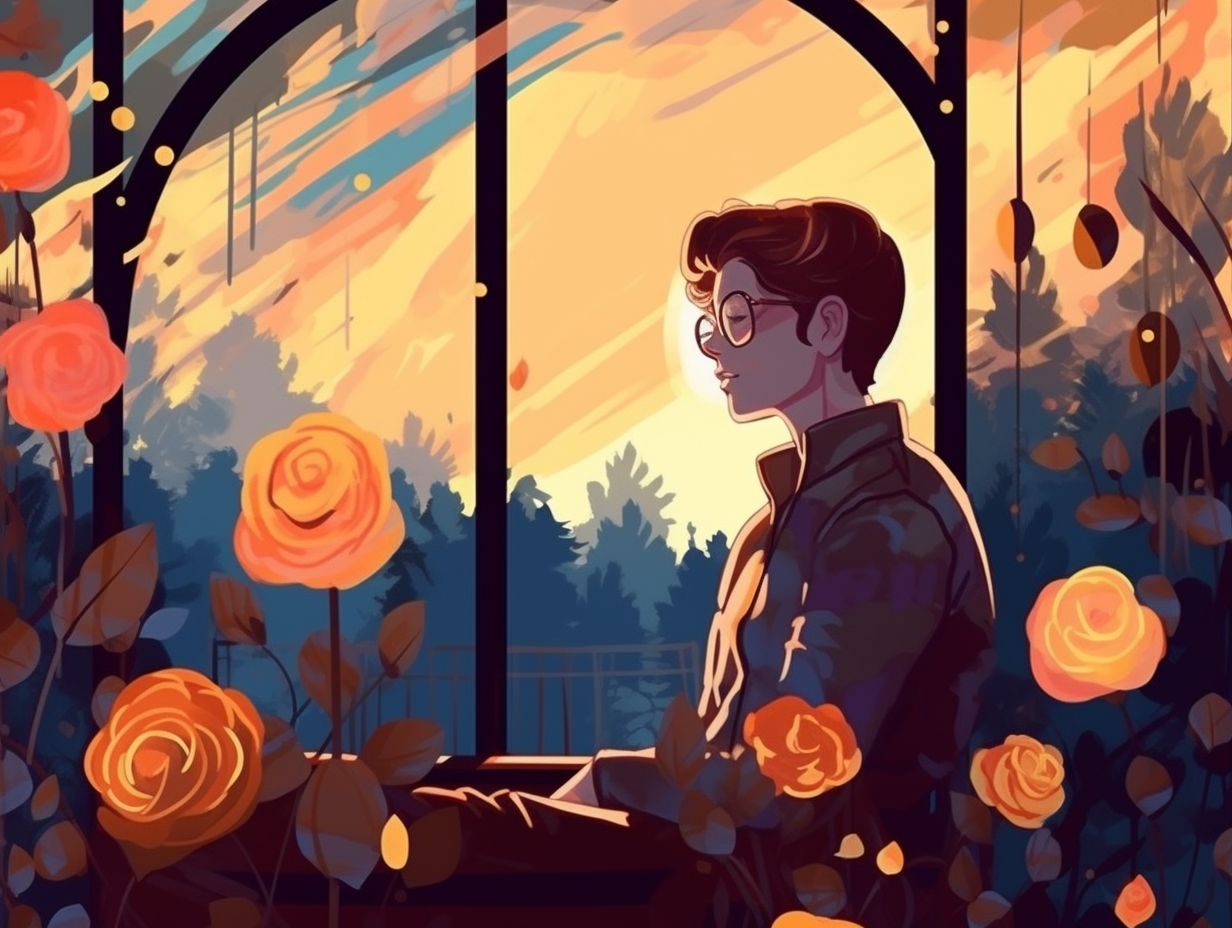Discover the Unseen World: Top 11 Amazing Fun Facts About Protists You Never Knew!

1. Extreme Home Makeover: Protist Style
"Extreme Home Makeover: Protist Edition!" Imagine a reality show where microscopic thrill-seekers turn the most unwelcoming homes into their personal paradises: In the land of protists, they are the extremophiles that refuse to live by our standard rules! These tiny powerhouses have turned harsh habitats, like acidic swamps, fiery hot springs, and even icy slush into their dream homes: They're such versatile conquerors that they come in many specialized types, like thermophiles, psychrophiles, acidophiles, alkaliphiles, barophiles, and halophiles, customizing their lifestyles to fit their hazardous environments!
Source => ncbi.nlm.nih.gov
2. Euglena: Sunbathers or Vampires?
Versatile Vampires of the Micro World: Euglena can switch between sunbathing for energy like a lazy beach bum and going full Dracula mode, munching on other organisms or slurping up essential solutes from their environment.
Source => milnepublishing.geneseo.edu
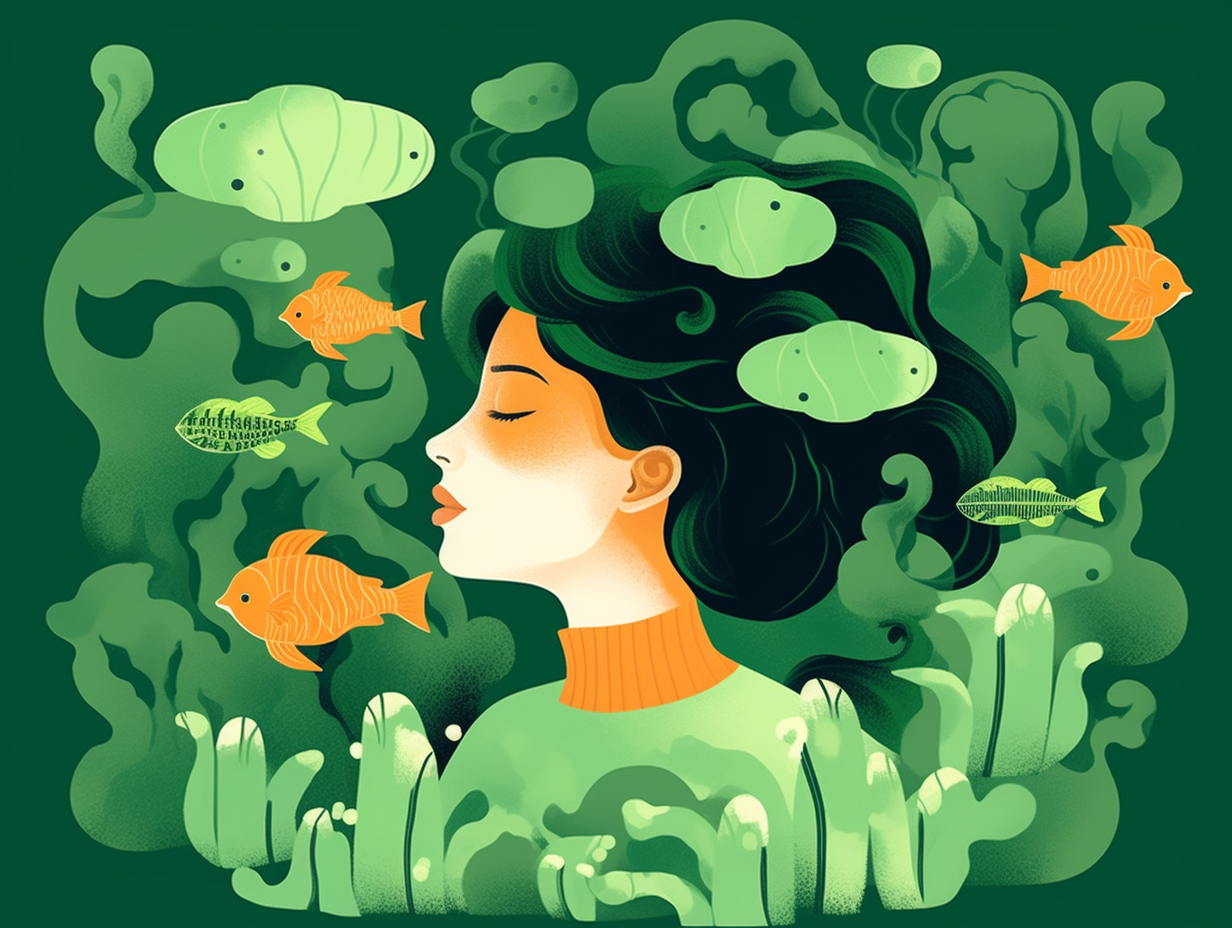
Did you know that blue-green algae, also known as cyanobacteria, can throw a colorful "blooming party" under certain conditions? Beware, though, as some blooms may crash your aquatic fun with unexpected health effects! Dive into the details here.
=> Fun Facts about Algae
3. Tiny Master Chefs of the Micro World
You might have heard of a buffet, but have you ever encountered a microscopic master chef in action? These little sous-chefs are whipping up a storm in the tiniest kitchens you could imagine: Protists like Paramecium rely on specialized structures and behaviors, such as filter feeding and herbivory or even paralyzing their prey with toxicysts, to capture and digest various types of food, keeping their miniature culinary worlds thriving with nutrients.
Source => intechopen.com
4. Dinoflagellates: Oceanic Wizards
Move over, Dumbledore: dinoflagellates are the real magicians of the ocean food chain! As the primary producers in the plankton community, they wave their wands of photosynthesis to convert light energy into chemical energy, providing the very foundation for all ocean life.
Source => pyrofarms.com
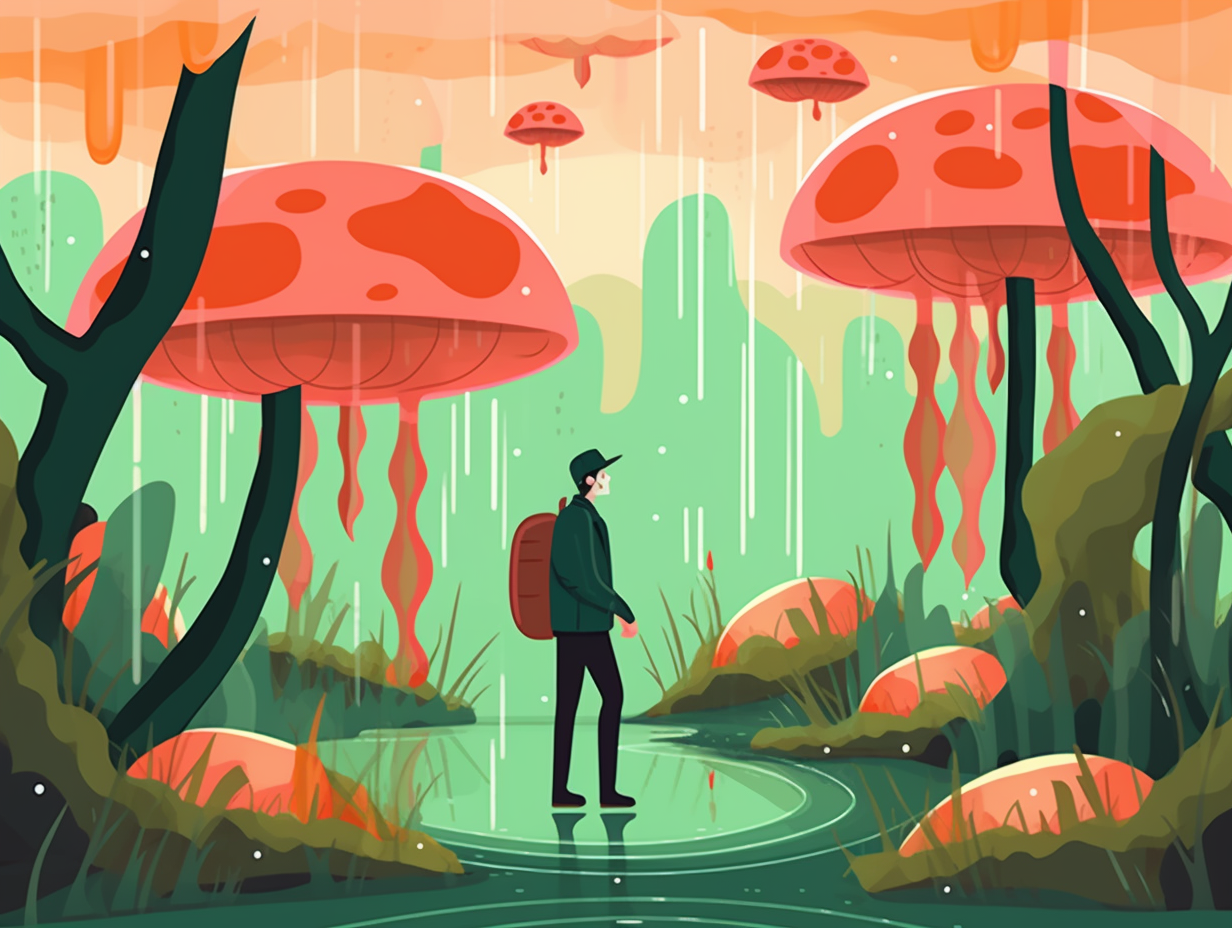
5. Party Animals in Bioluminescent Bay
Gather 'round to witness the mighty party animals of the microscopic world who turn the dance floor (or Bioluminescent Bay in Puerto Rico) into a dazzling light show with their unquenchable thirst for disco: these are dinoflagellates - a type of protist that glows blue-green when agitated, and thrives in the bay due to the vitamin B12-rich mangroves, which fuel their photosynthesis and penchant for creating nature's most spectacular rave.
Source => sciencing.com
6. Giant Kelp: Speedy Seaweed Royalty
Giant kelp: they're bladderly amazing, terrifically tall, and filled with salty goodness! Macrocystis pyrifera, the tremendous titan among heterokont protists, rules the underwater world as the largest brown algae species, and even manages to grow an astounding 45 meters in just one season: a seaweed speed demon. Not only is it a benevolent ruler, providing its subjects of the kelp forest an all-you-can-eat buffet and rent-free homes, but its benevolence extends to humans, offering up its iodine, potassium, and mineral riches as a worthy supplement to our landlubber diets.
Source => en.wikipedia.org
7. Dictyostelium discoideum: Protist Conga Line
Ever feel like you just can't make it on your own anymore, like maybe it's time to join a conga line of single-celled misfits? Meet the Dictyostelium discoideum, the ultimate party protist: When food is scarce, these social amoebas produce a chemical disco beat called cAMP, attracting fellow amoebas to band together in a multicellular fruiting body with up to a million cells, all ready to disperse and germinate into new individuals when conditions improve. Groovy!
Source => ncbi.nlm.nih.gov
8. Radiolarians & Dinoflagellates: Underwater BFFs
In the intricate game of underwater "roommates with benefits," radiolarians and dinoflagellates have nailed it: these peculiar little protists share a truly symbiotic bond, with the algae offering its partner food and protection, while the radiolarian graciously repays the favor with a steady supply of ammonium and carbon dioxide.
Source => micro.magnet.fsu.edu
9. Peekaboo! Protists' Secret Attaché Cases
When protists play 'peekaboo' with their not-so-secret weapons: Some protists come equipped with extrusomes, which are tiny, attaché cases stuffed with various ejectable items, from spindle trichocysts to discobolocysts. They use these secret stash to show predators who's boss or to high-five their next meal with a spoonful of immobilizing toxicysts and haptocysts. So, remember, you never know what a protist is hiding up its membrane!
Source => sciencedirect.com
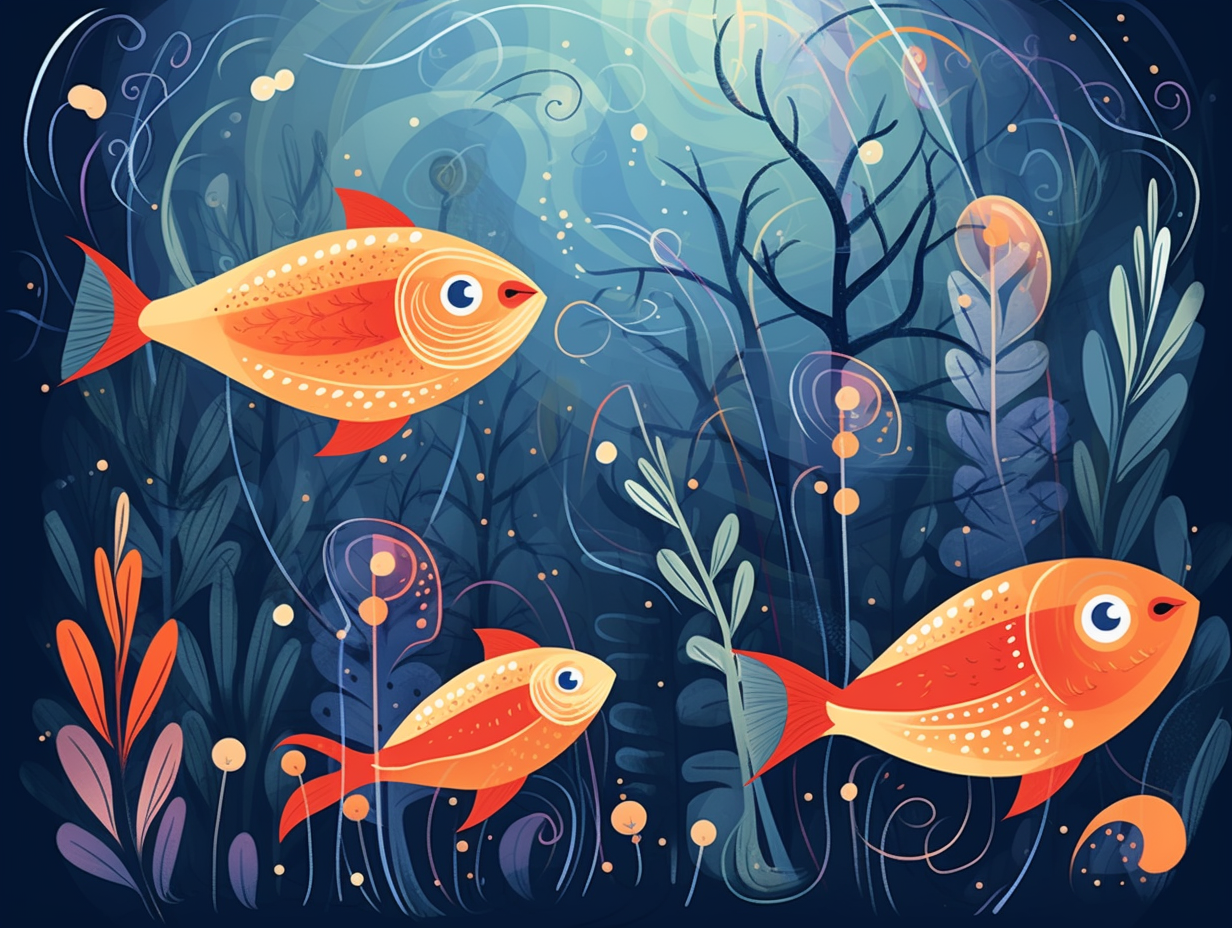
10. Slime Mold Maestros: Savvy Microbial Plumbers
Meet Physarum polycephalum, the single-celled Einsteins of the protist world that moonlight as savvy plumbers, tinkering with their own pipe networks: These slime mold maestros can memorize the locations of nutrient sources by adjusting the size and removal of their tube-like structures, optimizing nutrient access through self-organization and skillful pipe-trimming. Physics, biology, and microbial ingenuity unite in this magnificent mold-mania!
Source => pnas.org
11. Diatoms: Light-Loving Party Microorganisms
Who needs a flashlight when you've got diatoms? These tiny, light-loving protists are the ultimate party animals of the microscopic world, always eager to follow the glow and keep the good vibes going: Diatoms not only exhibit positive photo-taxis, meaning they move towards light, but they also contribute to 20% of Earth's oxygen production and serve as an essential part of the aquatic food chain. Visible through a compound light microscope, these groovy microorganisms are classified based on their shell structures, and when they eventually retire from their light-chasing escapades, their fossilized remains create diatomaceous earth – useful for everything from insecticide to various household products.
Source => moticmicroscopes.com
Related Fun Facts

